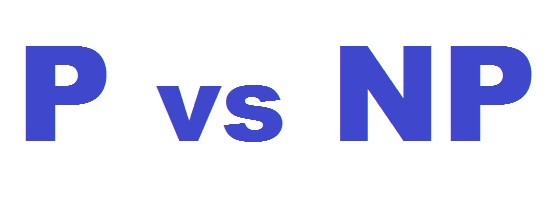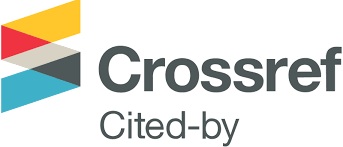Solving NP-complete Problems Efficiently
DOI:
https://doi.org/10.59973/ipil.122Keywords:
Complexity classes, Boolean formula, Graph, Completeness, Polynomial timeAbstract
The P versus NP problem is a fundamental question in computer science. It asks whether problems whose solutions can be quickly verified can also be quickly solved. Here, "quickly" refers to computational time that grows proportionally to the size of the input (polynomial time). While the problem's roots trace back to a 1955 letter from John Nash, its formalization is attributed to Stephen Cook and Leonid Levin. Despite extensive research, a definitive answer remains elusive. Closely tied to this is the concept of NP-completeness. If a single NP-complete problem could be solved efficiently, it would imply that all problems in NP can be solved efficiently, proving that P equals NP. Garey and Johnson defined K-CLOSURE such that for any edge $(u, v)$ in the directed graph, either node $u$ is in the set $V'$ or node $v$ is not in $V'$. This implies that either both nodes are in $V'$ or both are not in $V'$. Our previous work in IPI Letters presented a polynomial-time algorithm for K-CLOSURE. While no errors have been identified in this work, many believe that Garey and Johnson's original definition was incorrect, and their citation of Queyranne was a misunderstanding. Many argue that the empty set serves as a simple counterexample to Garey and Johnson's definition of K-CLOSURE. This paper proposes that K-CLOSURE is actually an NP-complete problem, which would imply that P equals NP.
References
Stephen Arthur Cook. The P versus NP Problem, Clay Mathematics Institute. https://www.claymath.org/wp-content/uploads/2022/06/pvsnp.pdf, June 2022. Accessed September 13, 2024.
Madhu Sudan. The P vs. NP problem. http://people.csail.mit.edu/madhu/papers/2010/pnp.pdf, May 2010. Accessed September 13, 2024.
Lance Fortnow. The status of the P versus NP problem. Communications of the ACM, 52(9):78–86, 2009. doi:10.1145/1562164.1562186. DOI: https://doi.org/10.1145/1562164.1562186
Scott Aaronson. P ?= NP. Open Problems in Mathematics, pages 1–122, 2016. doi:10.1007/978-3-319-32162-2_1. DOI: https://doi.org/10.1007/978-3-319-32162-2_1
Theodore Baker, John Gill, and Robert Solovay. Relativizations of the P =?NP Question. SIAM Journal on computing, 4(4):431–442, 1975. doi:10.1137/0204037. DOI: https://doi.org/10.1137/0204037
Alexander A Razborov and Steven Rudich. Natural Proofs. Journal of Computer and System Sciences, 1(55):24–35, 1997. doi:10.1006/jcss.1997.1494. DOI: https://doi.org/10.1006/jcss.1997.1494
Avi Wigderson. Mathematics and Computation: A Theory Revolutionizing Technology and Science. Princeton University Press, 2019. DOI: https://doi.org/10.1515/9780691192543
Lance Fortnow. Fifty Years of P vs. NP and the Possibility of the Impossible. Communications of the ACM, 65(1):76–85, 2022. doi:10.1145/3460351. DOI: https://doi.org/10.1145/3460351
Thomas H Cormen, Charles E Leiserson, Ronald L Rivest, and Clifford Stein. Introduction to Algorithms. The MIT Press, 3rd edition, 2009.
Michael R Garey and David S Johnson. Computers and Intractability: A Guide to the Theory of NP-Completeness. San Francisco: W. H. Freeman and Company, 1 edition, 1979.
Frank Vega. Note for the P versus NP Problem. IPI Letters, 2(2):14–18, Jun. 2024. URL: https://ipipublishing.org/index.php/ipil/article/view/92, doi:10.59973/ipil.92. DOI: https://doi.org/10.59973/ipil.92

Downloads
Published
How to Cite
Issue
Section
License
Copyright (c) 2024 Frank Vega

This work is licensed under a Creative Commons Attribution 4.0 International License.














